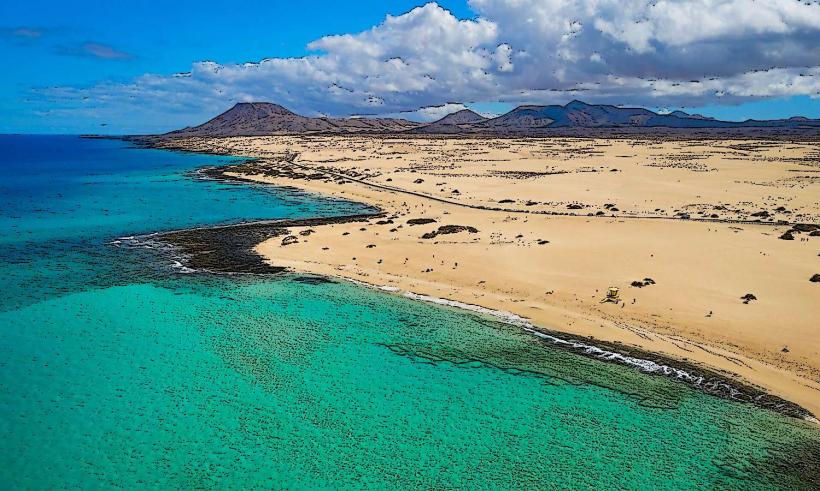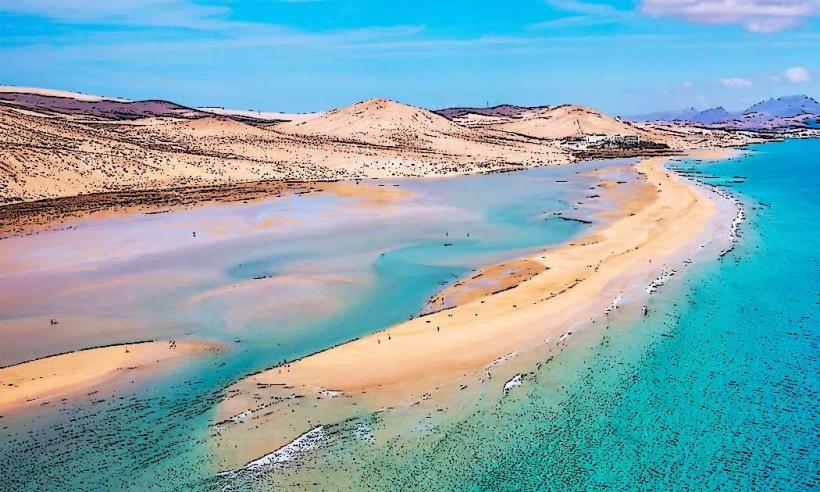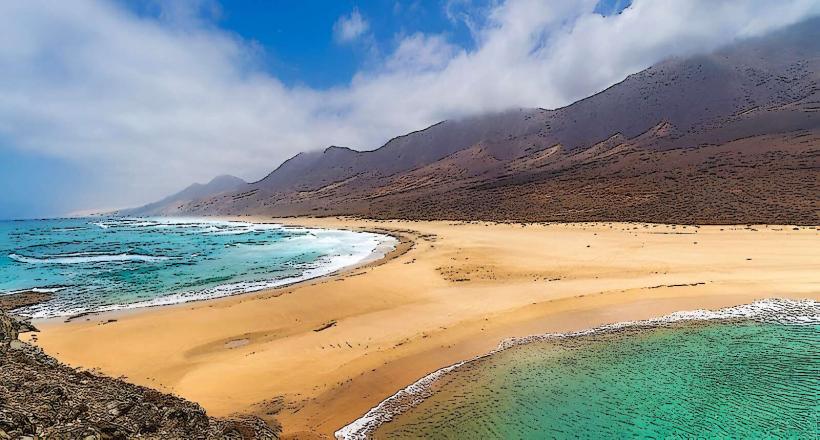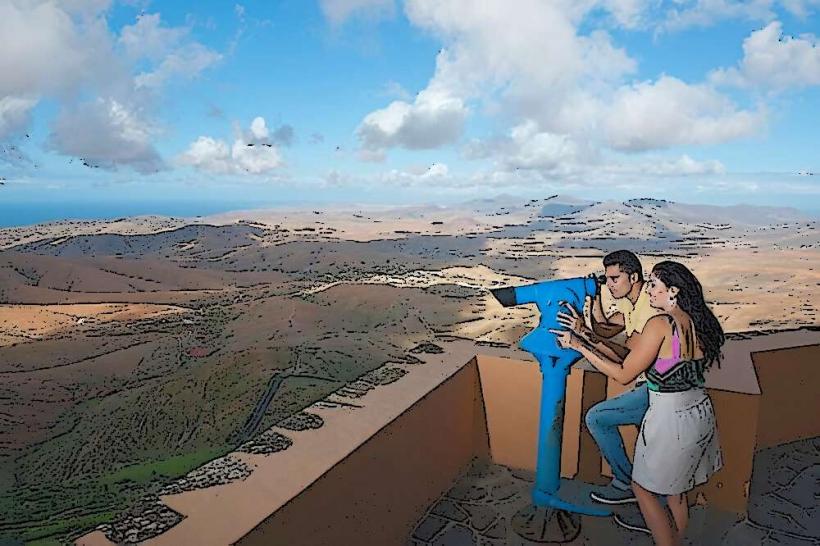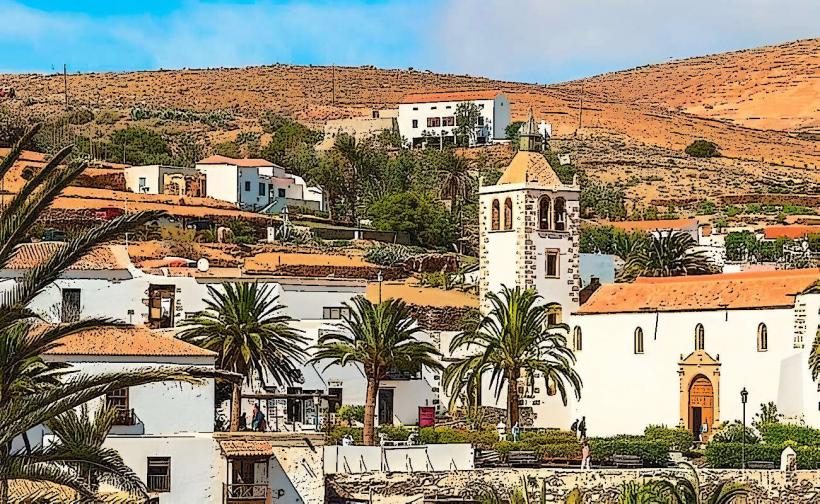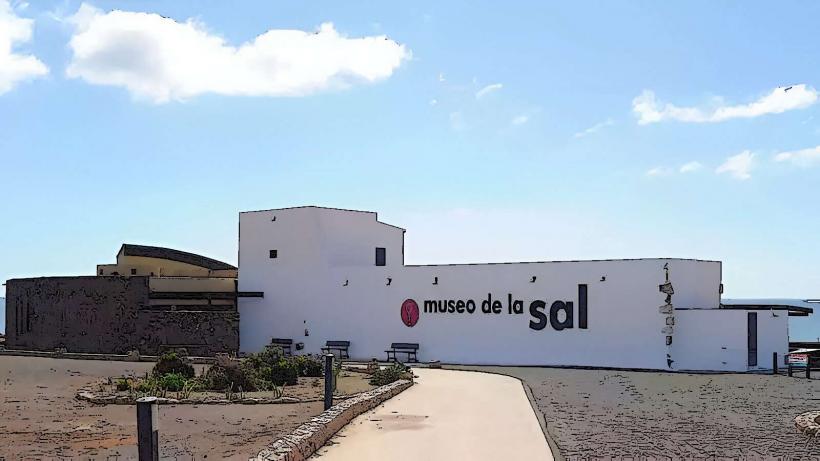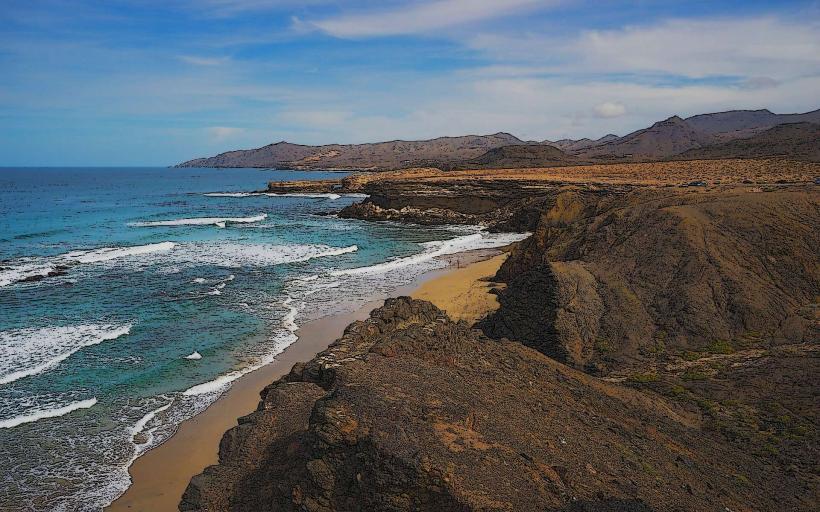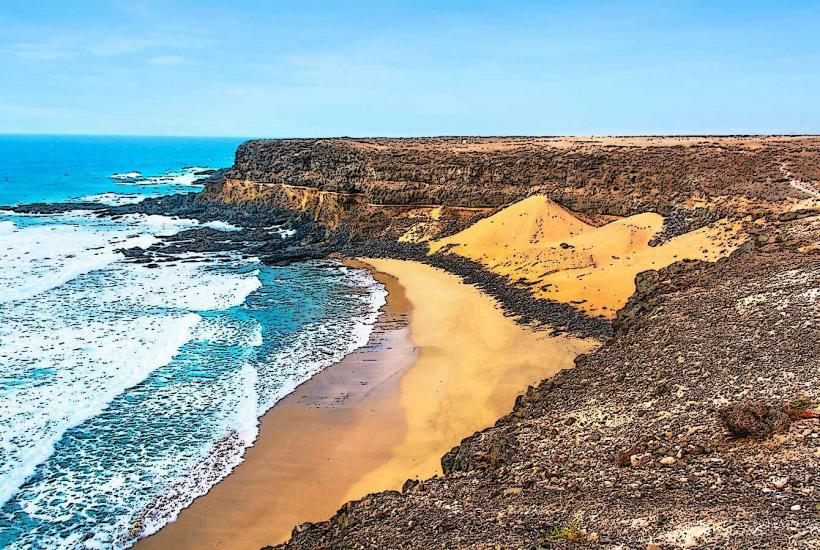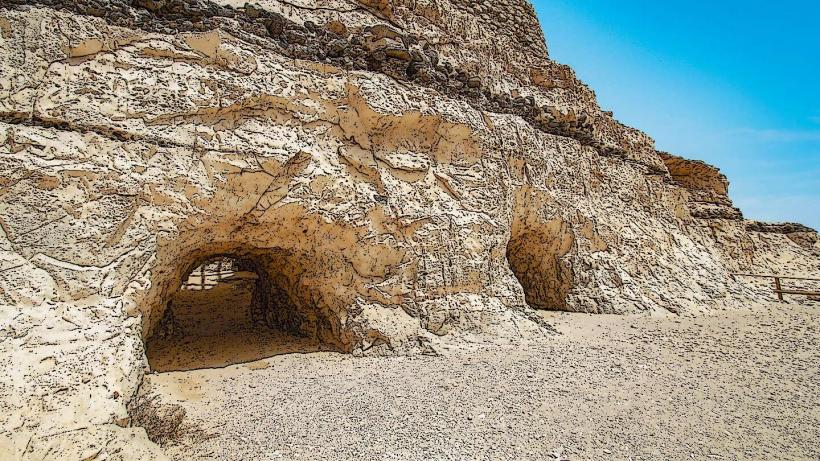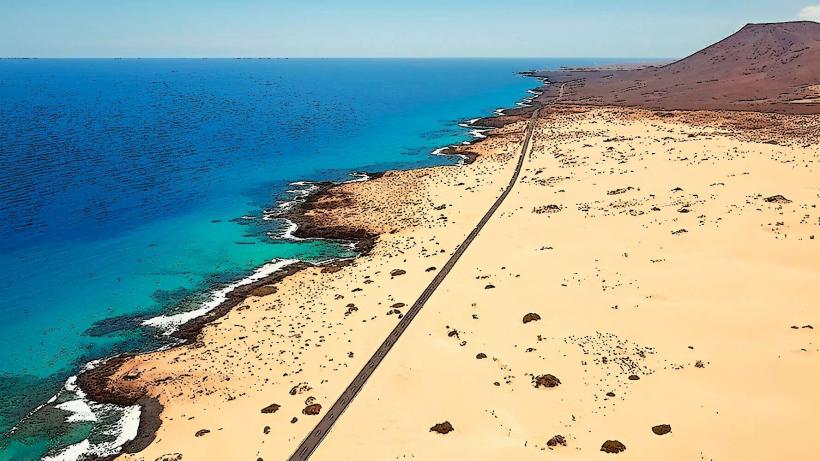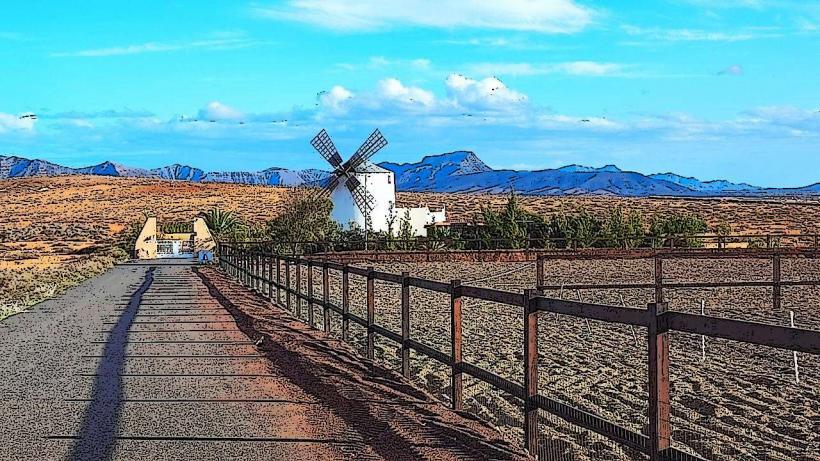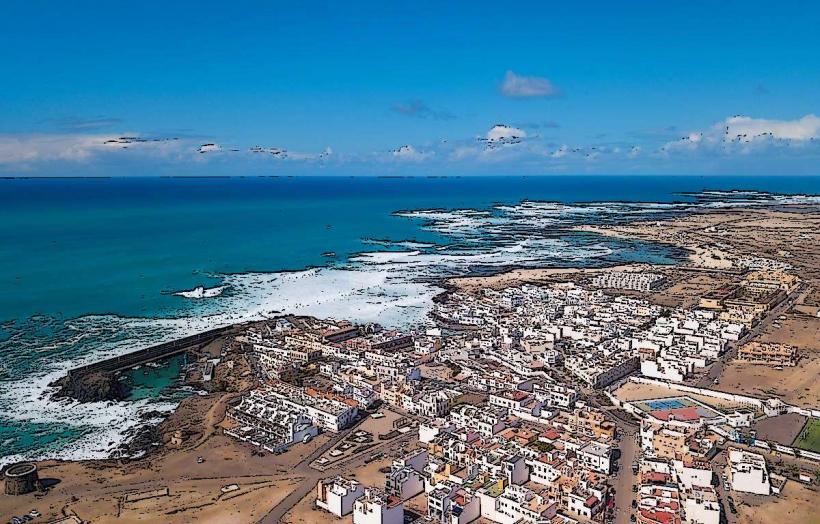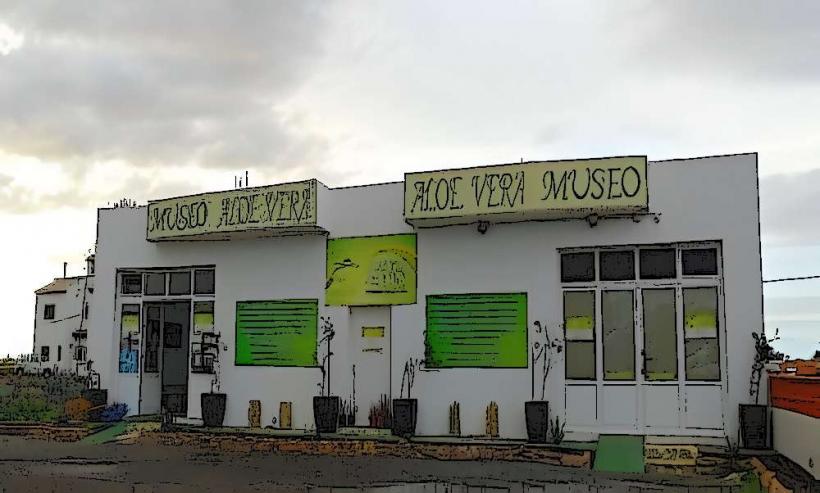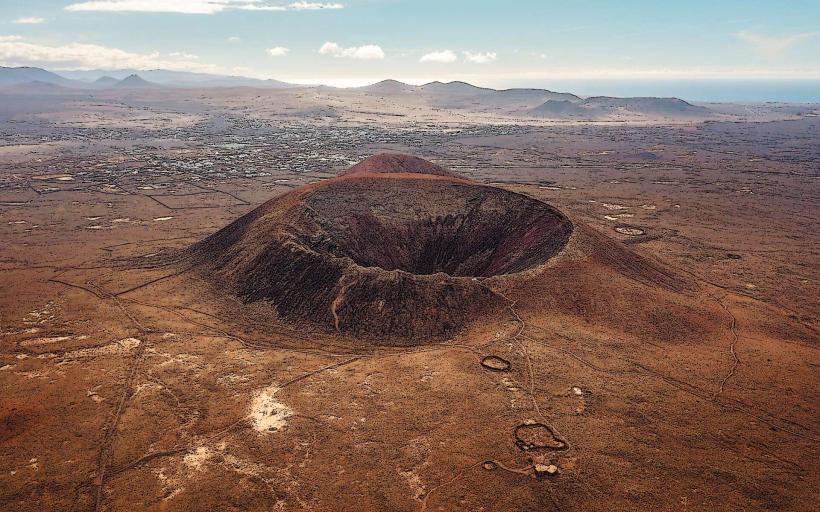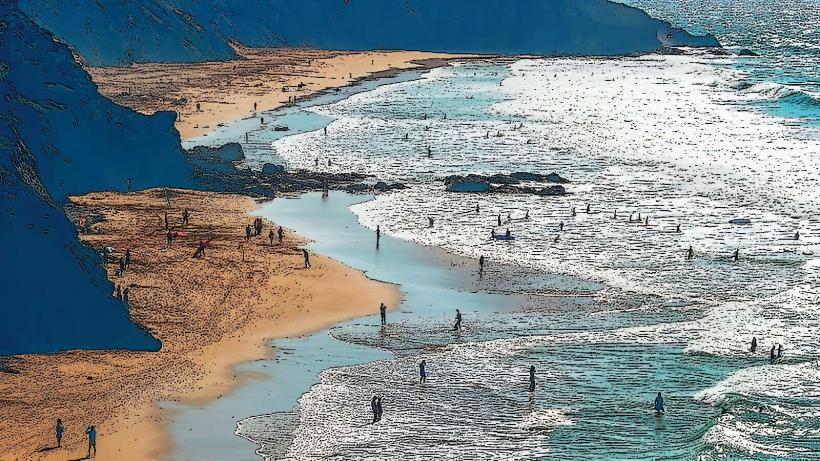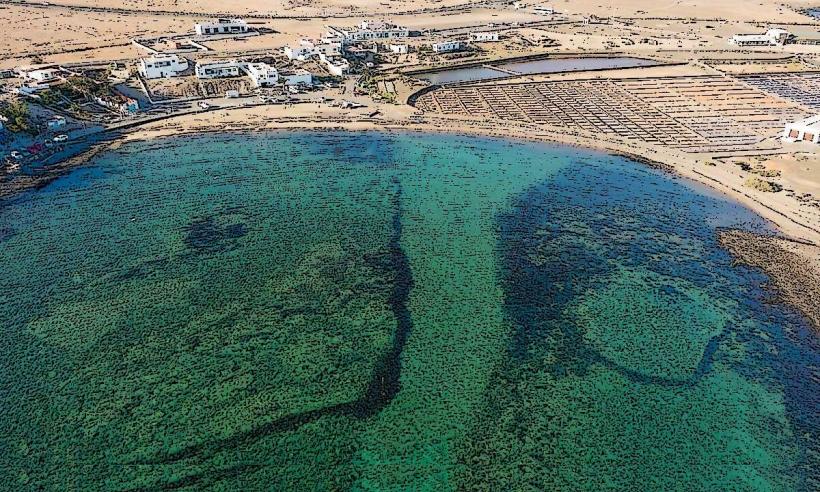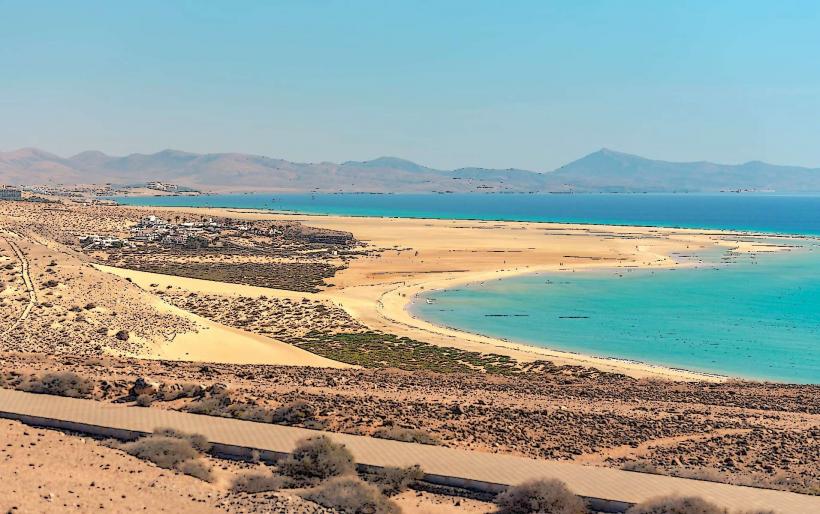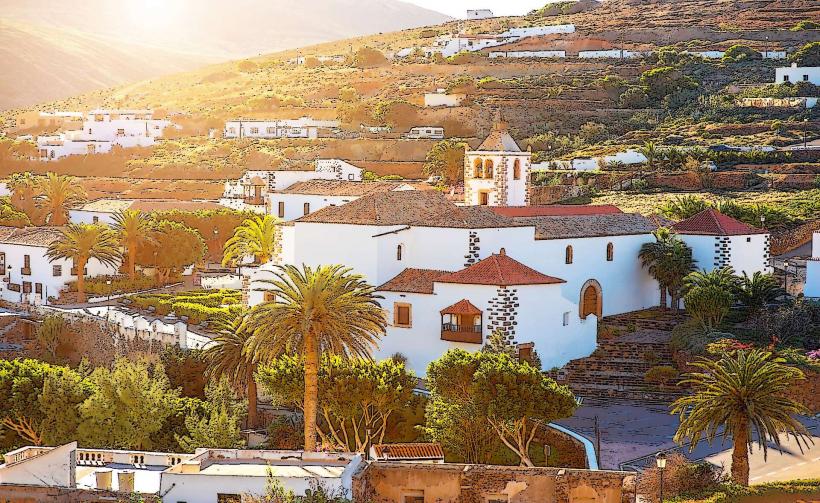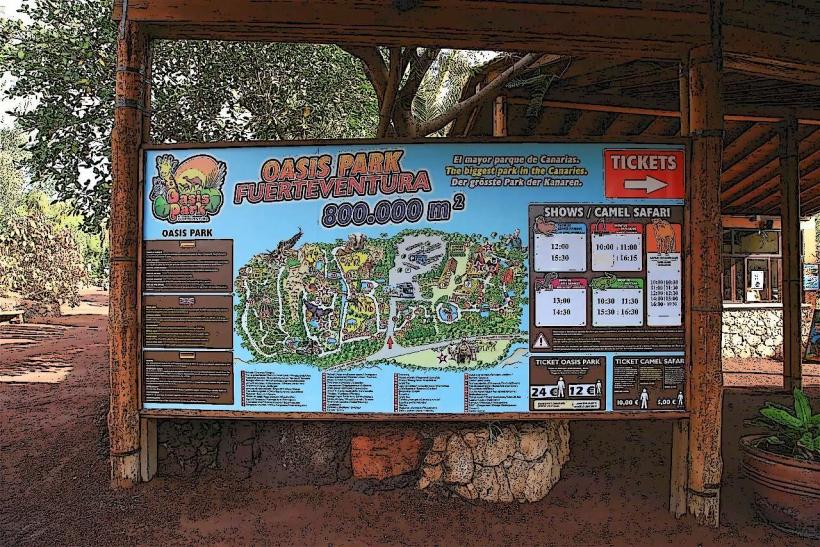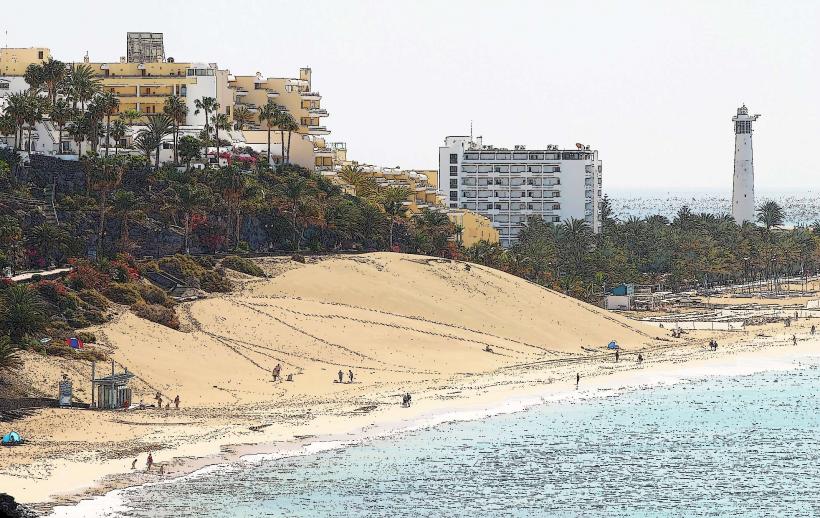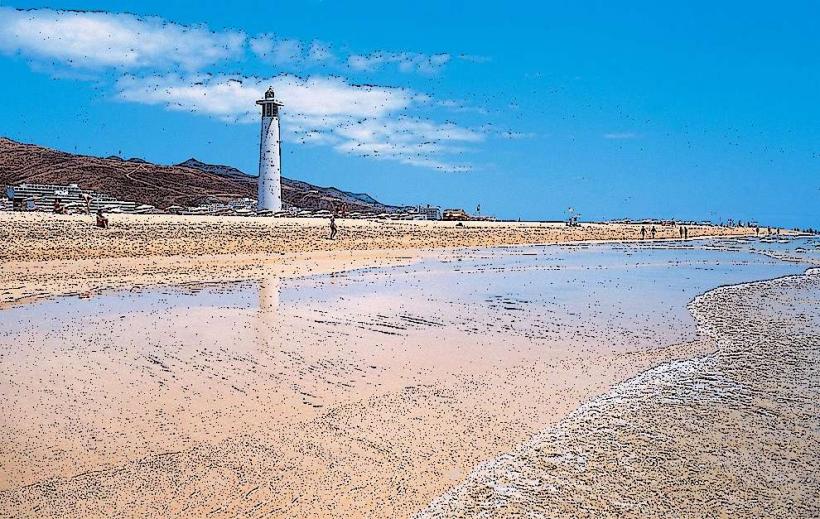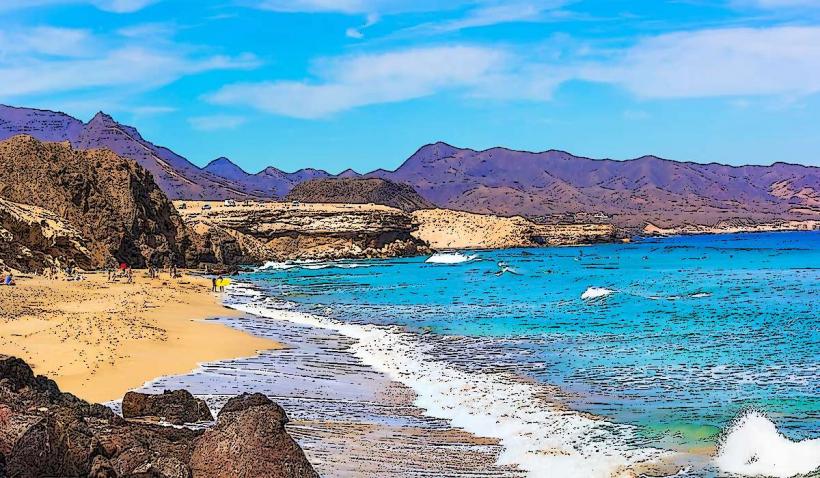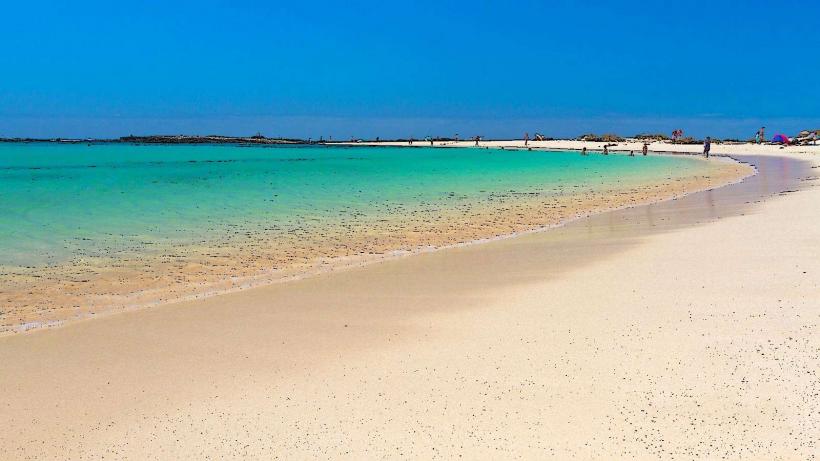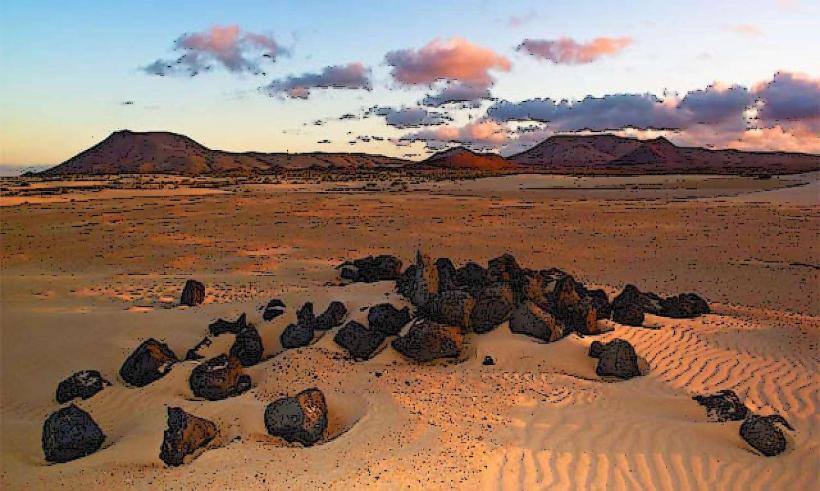Information
Landmark: Parque Natural de JandíaCity: Fuerteventura
Country: Canary Islands
Continent: Europe
Parque Natural de Jandía is a protected natural park located in the southern part of Fuerteventura, encompassing a vast area of mountains, desert-like landscapes, and coastline. It is one of the most scenic and ecologically diverse regions of the island, known for its rugged terrain, unique wildlife, and pristine beaches. The park plays a crucial role in preserving the natural beauty and biodiversity of Fuerteventura, making it a popular destination for nature lovers and outdoor enthusiasts.
Here’s a detailed overview of Parque Natural de Jandía:
1. Location and Size
- Parque Natural de Jandía is located in the Jandía Peninsula, in the southernmost part of Fuerteventura. It covers an area of around 14,000 hectares (about 34,600 acres), making it one of the largest protected areas on the island.
- The park stretches from the Atlantic coastline to the Jandía Mountains in the interior, providing visitors with a wide range of landscapes to explore.
2. Natural Landscape
- The park is characterized by its rugged mountains, including Pico de la Zarza (the highest peak on Fuerteventura at 807 meters), desert plains, and cliffs that drop down to the ocean. The varied landscape creates a striking contrast between the dry, rocky areas and the lush coastal environments.
- The mountainous interior of the park is a haven for hikers and outdoor enthusiasts, with numerous trails that lead visitors through rocky gorges, valleys, and craggy peaks. The cliffs along the coastline are dramatic and provide stunning views of the Atlantic Ocean.
3. Flora and Fauna
- Parque Natural de Jandía is home to a diverse range of plant and animal species, many of which are endemic to Fuerteventura or the Canary Islands. The park's varied ecosystems, from coastal sand dunes to high-altitude rocky terrain, support a variety of life forms.
- Flora: The park's plant life includes hardy species adapted to the arid environment, such as tamarisks, canary pines, wild thyme, and spiny cacti. The coastal areas also support sand dunes with specific species adapted to the salty air and wind.
- Fauna: The park is home to various wildlife, including birds like the Canary Islands kestrel, cory's shearwater, and buzzards. It is also home to the Fuerteventura giant lizard (Gallotia intermedia), an endemic species that can be found in the rocky areas of the park.
- Marine Life: The waters around the park are rich in marine life, making it a great spot for snorkeling and diving. Visitors may encounter fish species, sea turtles, and occasionally dolphins.
4. Beaches and Coastal Areas
- The coastal region of Parque Natural de Jandía is famous for its pristine beaches and crystal-clear waters, many of which are secluded and relatively untouched by mass tourism.
- Some of the most notable beaches within or near the park include:
- Playa de Cofete: One of the most famous beaches on the island, known for its remote location, golden sands, and wild, untamed beauty. It is ideal for walking, surfing, and photography, but the strong waves and currents make it unsuitable for swimming in some areas.
- Playa de Sotavento: A stunning stretch of beach that is popular for windsurfing, kitesurfing, and other water sports due to the strong winds and shallow waters.
- Playa de Jandía: Located near the town of Morro Jable, this beach is a popular spot for swimming, sunbathing, and watersports. It is one of the more developed beaches in the park but still offers stunning natural beauty.
- Many of the beaches in the park are wild and do not have facilities, so visitors should come prepared with water, food, and other essentials.
5. Hiking and Outdoor Activities
- Hiking: Parque Natural de Jandía offers numerous hiking trails, ranging from easy walks to challenging mountain treks. The trails take visitors through the park’s valleys, ravines, and mountain passes, offering spectacular views of the surrounding landscapes and the ocean.
- Pico de la Zarza: One of the most popular hikes in the park is to the summit of Pico de la Zarza, which offers panoramic views of the park and beyond. The hike is moderately challenging and takes about 2 to 3 hours to complete.
- Mountain Biking: The park’s rugged terrain is also ideal for mountain biking, and several routes cater to bikers looking for an adventure in the natural landscapes.
- Birdwatching: The park’s diverse habitats make it an excellent spot for birdwatching, particularly for spotting endemic species of birds and migrating species that pass through the region.
6. Visitor Centers and Facilities
- The park has a few visitor centers that offer information on the park’s flora, fauna, and history. One notable center is the Centro de Interpretación de Jandía, located near Morro Jable, which provides exhibits on the park’s natural environment and the island’s history.
- While the park is largely natural and untouched, some areas near Morro Jable have more amenities, including restaurants, hotels, and shops.
- It is recommended to bring sufficient supplies such as water, food, and sun protection, especially if you plan on hiking or exploring the more remote areas of the park.
7. Conservation and Protection
- Parque Natural de Jandía is a protected area, and visitors are encouraged to respect the natural environment by staying on marked trails, avoiding disturbance to wildlife, and refraining from littering. The park’s status helps preserve its unique ecosystems and ensures that future generations can enjoy its beauty.
- The park is part of Fuerteventura’s efforts to conserve its natural heritage and biodiversity, particularly in the face of climate change and the pressures of tourism.
8. Best Time to Visit
- The best time to visit Parque Natural de Jandía is in the spring and autumn, when the weather is mild and the landscapes are lush after the winter rains.
- Summer can be very hot, especially in the interior, so it’s important to visit early in the day or late in the afternoon, especially if you plan on hiking.
- Winter is also a great time to visit, with cooler temperatures making it more comfortable for outdoor activities.
9. Getting There
- Parque Natural de Jandía is easily accessible by car, with roads leading from Morro Jable, the main town in the southern part of Fuerteventura. The park can be explored by car, bike, or on foot, and there are several scenic viewpoints along the way where visitors can stop and enjoy the views.
- Public transportation is limited in the park, so driving is the most convenient way to access the main attractions.
Conclusion
Parque Natural de Jandía is a stunning destination for nature lovers and adventure seekers, offering dramatic landscapes, a wide variety of outdoor activities, and a chance to experience Fuerteventura's unique natural beauty. Whether you're hiking in the mountains, relaxing on the beach, or exploring the park's diverse ecosystems, it’s a place that showcases the rugged charm of the island in its most pristine form.

